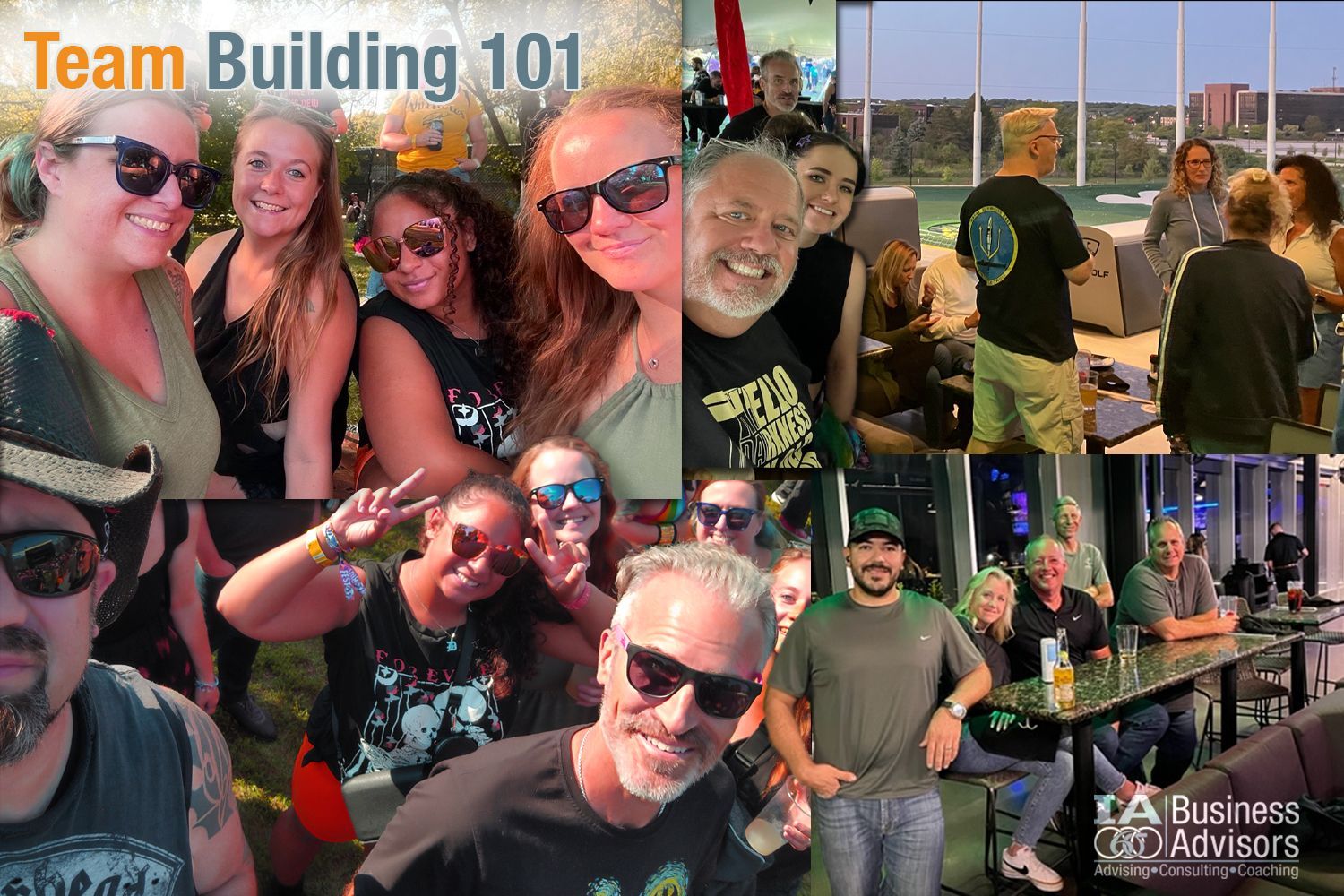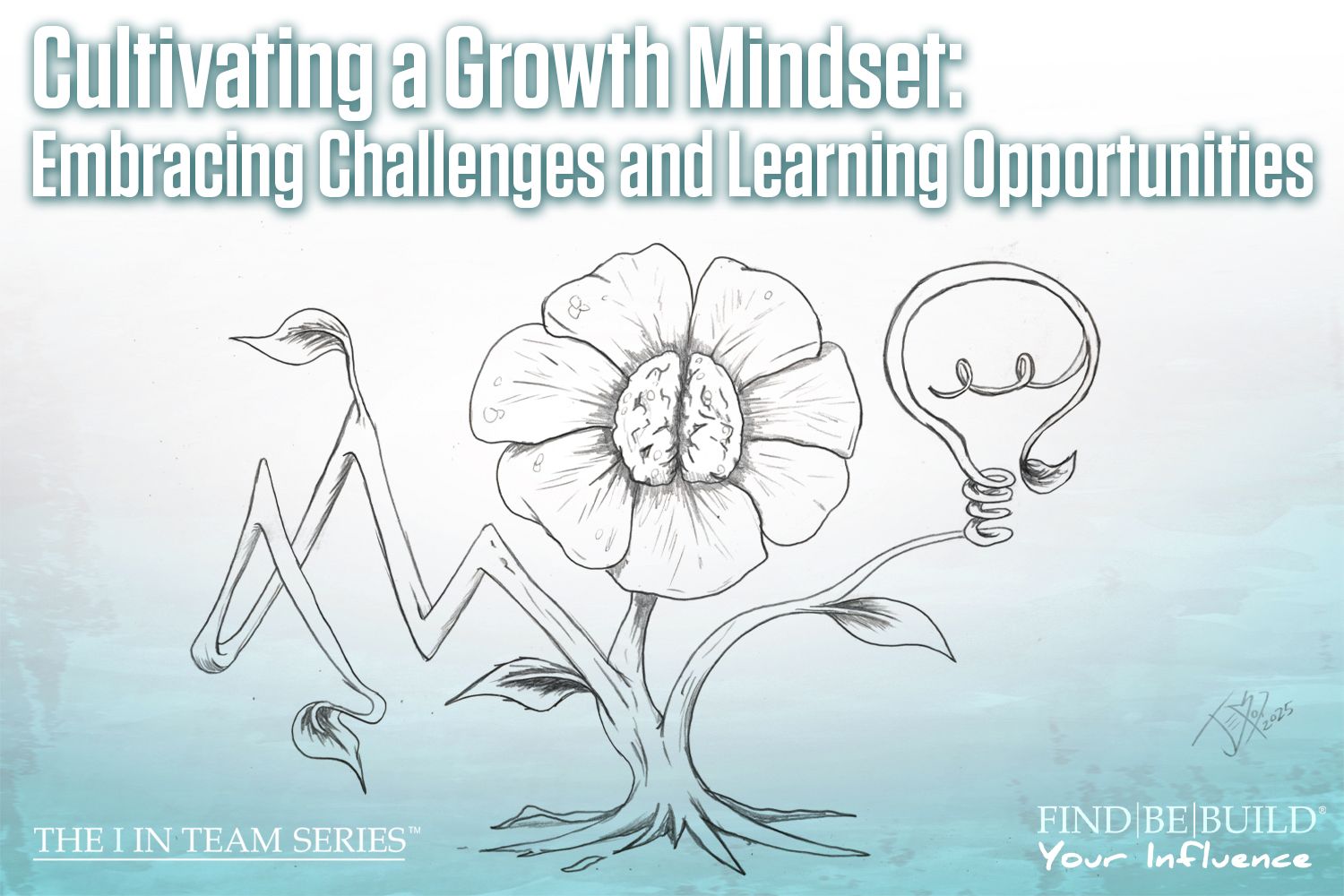Team Building 101

Effective team building strategies
Team building is a crucial aspect when it comes to fostering a thriving workplace. It goes beyond the process of hiring new employees. When done right, it’s all about cultivating a sense of belonging, spreading positivity, and showing appreciation for each of your team members.
In this article, we’ll dive into the importance of team bonding and how it contributes to creating a positive work culture. Why is that important? Because if you want to build a dream team, one that clicks together like LEGOs and produces great work, you need to invest the time and resources into every team member on a regular basis.
Strengthening Your Team’s Bonds:
Staying with the LEGO analogy, each block works great on its own. But when you put them together, you can build a castle. In this respect, team building is like building the foundation of that castle. Without a strong one, it’s susceptible to falling over. And without a close-knit team, your company may struggle to achieve its goals and make measurable progress. Here are some effective strategies for building a cohesive team:
1. Team-Building Activities
Who said work can’t be fun? Organizing team-building activities can be a great way to bring coworkers together and build camaraderie. Plan activities like outdoor adventures or icebreakers before a meeting. And don’t be afraid to try some quirky ones like office scavenger hunts or a karaoke night. The goal is to break down barriers and build stronger connections.
2. Talk the Talk
Communication is key, and not just when it comes to your grandma’s secret pancake recipe. Hold regular meetings where everyone gets a chance to chat, vent, and share ideas. Use these meetings to discuss goals, challenges, and recent successes too. It’s critical that everyone’s voice is heard and valued.
3. High Fives and Appreciation
A little appreciation can go a long way. High-fives, virtual fist bumps, or handwritten notes are like the secret sauce of team bonding. Acknowledge the efforts of your team and do it regularly and watch those smiles light up the room.
4. Lead By Example
As a leader, your behavior sets the tone for the entire team. What you do matters. Lead by example, demonstrate the values and work ethic you expect and want to see in return from your team. Arrive with a smile, tackle challenges head-on, and spread positivity like glitter at a kid’s birthday party.
Let the Sunshine In – Spread Positivity:
Positivity is like a ray of sunshine on a gloomy day – it makes everything better. And it’s contagious. When your team members feel the sunshine and are happy and motivated, productivity soars. Here’s how to let those positive sunshine rays shine into those office cubicles:
1. The Power of “Yes, We Can!”
Encourage your team to have a positive attitude. When problems arise, channel your inner-MacGyver and find solutions. Coach your team members to be solutions-oriented rather than dwelling on problems. Positivity breeds creativity, and when we focus on solutions instead of problems, we channel our team’s creativity into finding innovative solutions to those vexing issues lifting spirits in the process.
2. Constructive Feedback
Offer constructive feedback to your team members. Do it in the moment. Focus on only one thing at a time. Highlight what they did well and offer guidance on an area for improvement. Constructive feedback, delivered with empathy, helps your team members to grow and feel supported.
3. Finding Work-Life Balance
Work hard, but don’t forget the need to play and recharge. Encourage a work-life balance that enables your team to maintain a healthy equilibrium between their professional and personal lives. Teams are happier and more productive when they feel a sense of balance.
Showing the Love - Appreciating Your Team:
Now, let’s talk about the proverbial cherry on top – appreciation. Who doesn’t love a good pat on the back or friendly acknowledgment? Here’s how to make your team feel like they just won the lottery:
1. Employee Recognition
Implement employee recognition programs to acknowledge and celebrate outstanding performance. Examples include awards, certificates, parking spaces, additional days off. Be consistent but also exercise some creativity. A little bit of effort here can pay off big.
2. Celebrating Milestones
Celebrate achievements, whether it’s closing a big deal or a team member’s work anniversary. Throw confetti, make some noise, and do it as a team.
3. The Ear of Empathy
Listen and support the needs and concerns of your team members. Be the shoulder to lean on and the listening ear that your team needs. Show support when the going gets tough and be genuinely interested in their ideas and feedback. A little empathy goes a long way.
In a nutshell, building your dream team can feel like herding cats – challenging, sometimes a bit crazy, but incredibly rewarding. Team bonding, positivity, and appreciation are some of the necessary ingredients that turn a collection of individuals into a cohesive, well-functioning team unit. So, get out there, make your team feel like the rock stars they are, and watch your workplace transform into a place where things get done, targets get hit, and smiles are shared. After all, a strong team is the secret sauce to a successful organization!











